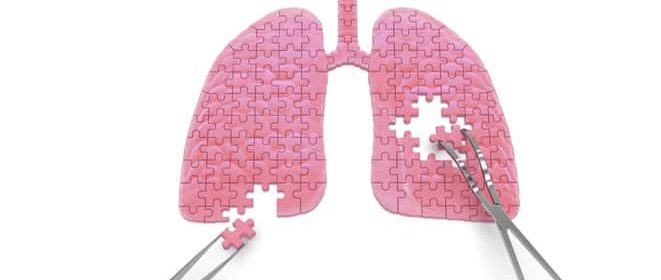For a study, asthma, bronchiectasis, and cystic fibrosis (CF) were determined as airway illnesses characterized by excessive mucus production that failed to clear from the airways due to inadequate hydration at the airway surface. Failure to discharge this mucus led to a chronic cough, persistent inflammation, recurring infective exacerbations, low quality of life, and an elevated risk of morbidity and mortality. As an osmotic agent, inhaled dry powder mannitol promotes hydration at the airway surface, improved the physical characteristics of mucus, and facilitates its removal. Once established, these adjustments were demonstrated to enhance or at least maintained lung function, minimize mucus clogging and biofilm development, reduced the frequency of exacerbations, increased the time to first exacerbation, reduced antibiotic use, and improved the quality of life.
Long-term therapeutic advantages were demonstrated in individuals with bronchiectasis and cystic fibrosis. Inhaled mannitol was approved by the FDA as an add-on medication for patients with CF. Aside from the therapeutic advantages, the rapid delivery of mannitol to the airways and the fact that mannitol may be taken anywhere made it an appealing treatment since it can lessen the burden of treatment. Inhaled mannitol had the potential to improve all hypersecretory disorders with decreased hydration, which led to poor mucus clearance and airway disease.
Reference:journals.lww.com/clinpulm/Abstract/2016/09000/Inhaled_Mannitol_as_a_Therapeutic_Medication.1.aspx


